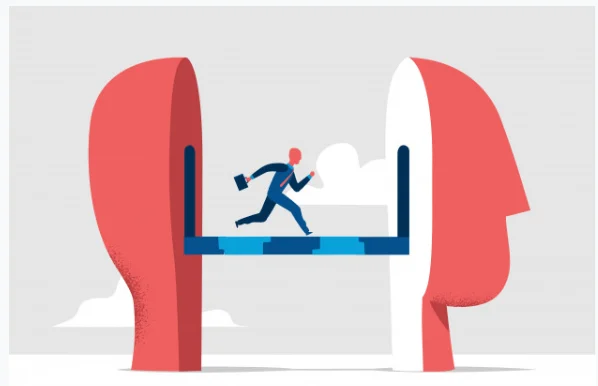In the ever-evolving landscape of Strategic Experience Design (SED), the emphasis on evaluation and measurement is paramount. This field, which intertwines the art of design with the science of strategy, requires a meticulous approach to assessing its effectiveness. In this blog post, we delve into why evaluation and measurement are critical components in the realm of SED and how they can significantly influence the success of any design initiative.
Understanding Strategic Experience Design
Before delving into evaluation and measurement, it’s essential to understand what Strategic Experience Design entails. SED is the practice of creating user experiences that are not only aesthetically pleasing and functional but also aligned with broader business objectives. It’s about crafting an experience that resonates with users and drives strategic goals, be it increased engagement, customer satisfaction, or revenue growth.
The Role of Evaluation in SED
Evaluation in SED involves assessing how well the designed experience aligns with both user needs and strategic objectives. It’s about asking critical questions: Are users engaging with the design as anticipated? Is the experience facilitating the desired business outcomes? By evaluating these aspects, designers and strategists can gauge the effectiveness of their work.
Measuring Success: Quantitative and Qualitative Metrics
Measuring success in SED is twofold: quantitative and qualitative. Quantitative metrics might include user engagement rates, conversion rates, or time spent on a site or app. Qualitative measures, on the other hand, might involve user feedback, satisfaction surveys, or usability tests. Both forms of measurement provide invaluable insights into how the experience is performing and where improvements are needed.
Continuous Improvement Through Feedback Loops
One of the biggest benefits of rigorous evaluation and measurement is the ability to create feedback loops. These loops allow designers to continuously refine and improve the experience based on real-world performance. This iterative process is crucial in SED, where user preferences and market dynamics are constantly evolving.
Data-Driven Decisions
In the world of SED, decisions should be data-driven. Evaluation and measurement provide the data needed to make informed decisions about design changes and strategic adjustments. This data-driven approach ensures that changes are not based on assumptions or guesses but on concrete evidence of what works and what doesn’t.
Balancing Creativity with Strategy
While creativity is a cornerstone of design, in SED, it must be balanced with strategy. Evaluation and measurement ensure that creative elements of the design serve the strategic objectives effectively. This balance is crucial for the success of any SED initiative.
Conclusion
In conclusion, evaluation and measurement are not just beneficial but essential in Strategic Experience Design. They provide a framework for understanding the impact of design decisions, enable continuous improvement, and ensure that creativity aligns with strategy. As we continue to navigate the complex interplay between user experience and business strategy, the role of evaluation and measurement in guiding successful design decisions becomes increasingly significant. For anyone involved in SED, embracing these practices is not just a recommendation; it’s a necessity for success.


